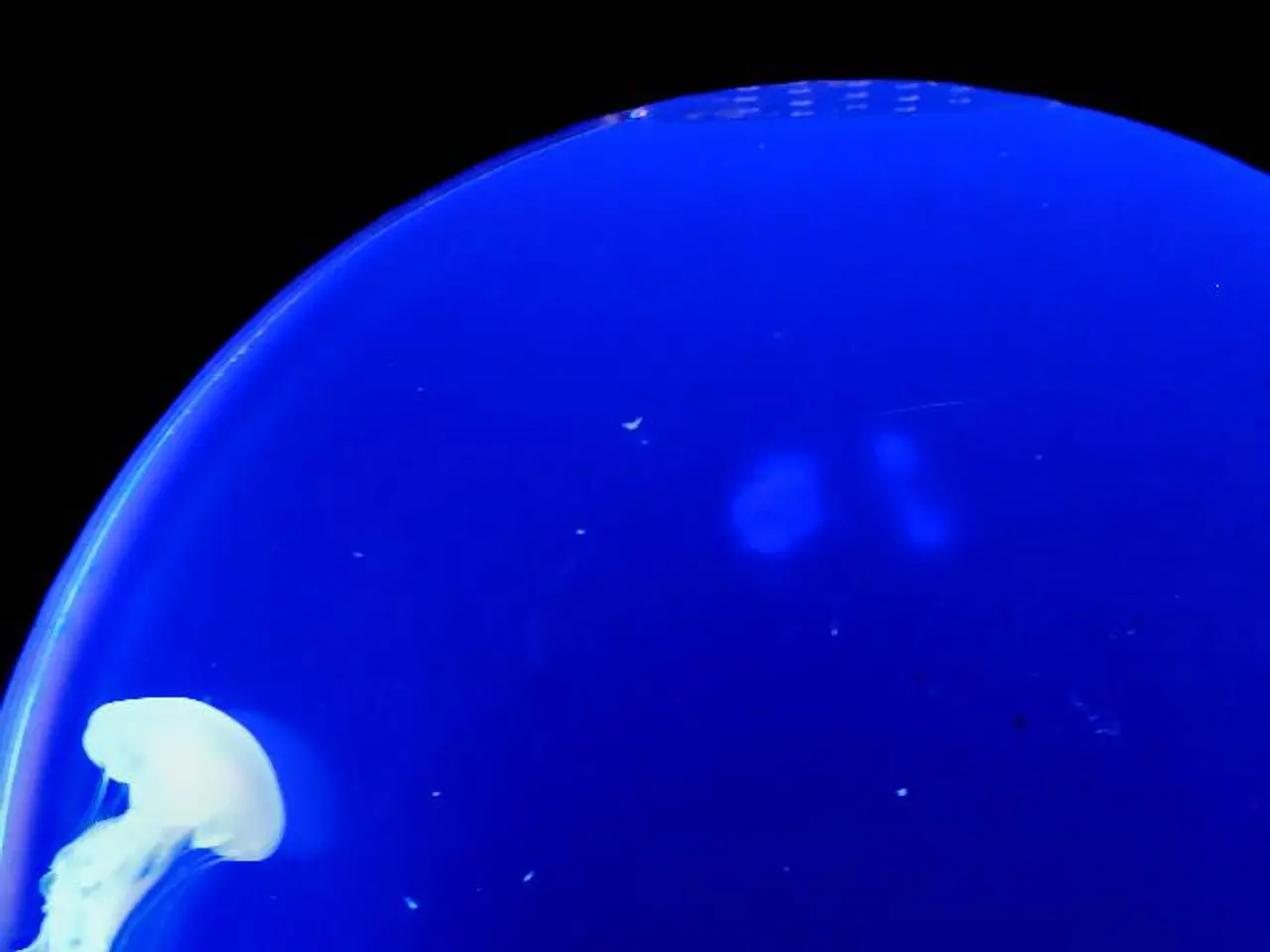Ancient Fossil Initially Identified as a Caterpillar Instead Revealed as a Whole New Species
Unveiling the Secrets of an Ancient Creature: The Rediscovery of Palaeocampa anthrax
In a groundbreaking discovery, scientists have reclassified the fossil "Palaeocampa anthrax," shedding new light on early animal evolution and the habitats of lobopodians, soft-bodied creatures that existed over 500 million years ago.
First Nonmarine Lobopodian
Palaeocampa anthrax is now identified as the first-known nonmarine lobopodian, breaking the previous belief that these creatures were exclusively marine. It likely lived in freshwater environments, such as swamps, expanding our understanding of lobopodian habitats beyond the sea.
Evolutionary Link
Lobopodians bridge the evolutionary gap between primitive worm-like ancestors and modern arthropods like insects and crustaceans. Palaeocampa anthrax, both the youngest and earliest-known lobopodian, predating the famous Burgess Shale lobopodians, plays a crucial role in clarifying the evolutionary timeline and diversification of lobopodians on land.
Defensive Features
The fossil boasts nearly 1,000 spiny bristles, which are believed to have had defensive or other functions, contributing to understanding the evolutionary adaptations of lobopodians. Advanced imaging techniques, such as backscatter scanning electron microscopy (SEM) and energy-dispersive spectroscopy, were used to study the fossil specimens. The use of Fourier-transform infrared spectroscopy (FTIR) helped detect chemical residues on the spines, revealing that they likely secreted toxins to ward off predators.
Impact on Understanding Lobopodians
The discovery of Palaeocampa anthrax expands our understanding of lobopodian habitats beyond marine environments, indicating they could adapt to freshwater environments as well. By being the first nonmarine lobopodian, it helps clarify the evolutionary timeline and diversification of lobopodians on land.
The rarity of soft-bodied creatures being preserved in the fossil record makes discoveries like Palaeocampa anthrax especially valuable. What was once thought to be an insignificant fossil could, in fact, provide answers to longstanding questions about the evolution of life on Earth.
The reclassification of Palaeocampa anthrax was published in the journal Communications Biology. The study serves as a call to action for paleontologists and researchers to continue reexamining old collections with modern techniques, as the story of Palaeocampa anthrax demonstrates how scientific breakthroughs often come from revisiting past discoveries with new tools and ideas.
The discovery of Palaeocampa anthrax highlights the significance of the Carboniferous period as a window into ancient ecosystems. The Montceau-les-Mines fossil site in France, where half of the specimens come from, has been confirmed as nonmarine due to the reclassification of Palaeocampa anthrax, providing essential insights for understanding the diversity of life during the Carboniferous.
The fossil "Palaeocampa anthrax" proves valuable in shedding light on the prehistoric lifestyle of lobopodians, as it is now recognized as the first nonmarine lobopodian, possibly inhabiting freshwater environments.
By bridging the evolutionary gap between primitive ancestors and modern arthropods, the fossil contributes to our understanding of how lobopodians evolved on land.
Advanced imaging techniques used in studying the fossil reveal its defensive features, such as the 1,000 spiny bristles that likely secreted toxins to ward off predators.
This reclassification has an impact on our understanding of the Carboniferous period and ancient ecosystems, as the Montceau-les-Mines fossil site in France is now confirmed as nonmarine, providing crucial insights into the diversity of life during that era.




